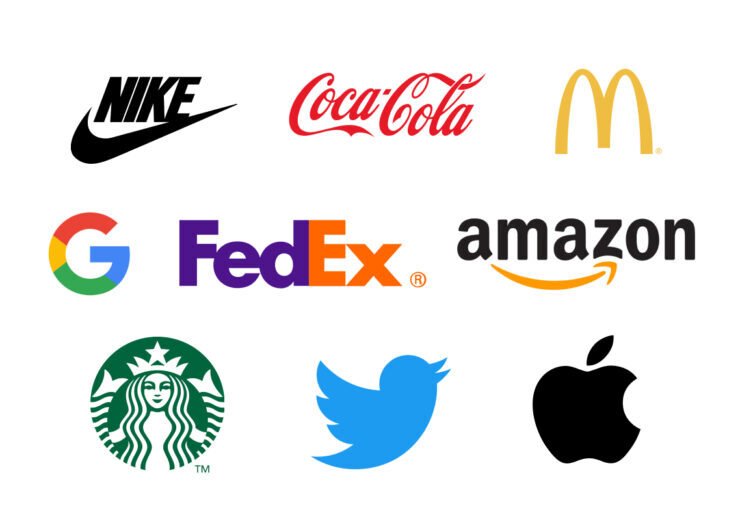10 of the World’s Most Famous Logos and What You Can Learn from Them
Introduction
Logos play a crucial role in brand recognition and can often become synonymous with a company’s identity. Some logos are so iconic that they have become instantly recognizable worldwide. In this article, we will explore 10 of the world’s most famous logos and the valuable lessons they can teach us about effective logo design and branding.
1. Apple
The Apple logo is a simple, elegant design featuring a bitten apple. It represents innovation, creativity, and the company’s commitment to simplicity. The lesson here is that a logo doesn’t have to be complex to be effective. Sometimes, simplicity can be the key to creating a memorable and timeless logo.
2. Nike
The Nike swoosh is one of the most recognizable logos in the world. It symbolizes movement, speed, and athleticism. The lesson from Nike’s logo is that a logo should be able to convey the essence of a brand without the need for excessive detail. A well-designed logo can capture the essence of a brand in a single, simple image.
3. Coca-Cola
The Coca-Cola logo is a classic example of effective branding. The unique typography and iconic red color instantly evoke feelings of nostalgia and happiness. The lesson here is that consistency is key. Coca-Cola has maintained the same logo for over a century, demonstrating the power of a consistent and recognizable brand image.
4. McDonald’s
The golden arches of the McDonald’s logo are instantly recognizable worldwide. The logo represents the company’s commitment to fast, convenient, and affordable food. The lesson here is that a logo should reflect the core values and offerings of a brand. McDonald’s logo effectively communicates what the brand stands for.
5. Google
The Google logo is a playful and colorful representation of the brand. It reflects the company’s innovative and fun approach to technology. The lesson here is that a logo can be used to communicate the personality and values of a brand. Google’s logo captures the essence of the brand’s culture and identity.
6. Mercedes-Benz
The Mercedes-Benz logo is a symbol of luxury, elegance, and sophistication. The iconic three-pointed star represents the brand’s commitment to quality and excellence. The lesson here is that a logo should align with the brand’s positioning and target audience. Mercedes-Benz logo effectively communicates the brand’s premium image.
7. FedEx
The FedEx logo is a masterclass in hidden symbolism. The negative space between the letters “E” and “x” forms an arrow, representing speed, precision, and forward-thinking. The lesson here is that a logo can incorporate clever and subtle elements that reinforce the brand’s message and values.
8. Amazon
The Amazon logo features a smiling arrow that starts at the letter “a” and ends at the letter “z.” This clever design conveys the company’s vast selection of products and its commitment to customer satisfaction. The lesson here is that a logo can tell a story and create a sense of curiosity and intrigue.
9. Starbucks
The Starbucks logo is a stylized representation of a twin-tailed mermaid, or siren. It symbolizes the brand’s connection to the sea and its commitment to providing high-quality coffee. The lesson here is that a logo can incorporate historical or cultural references that resonate with the brand’s target audience.
10. Twitter
The Twitter logo is a simple, recognizable bird silhouette. It represents freedom, communication, and the power of social media. The lesson here is that a logo should be adaptable and scalable. The Twitter logo is easily recognizable even in small sizes and can be adapted for various uses.
Conclusion
The world’s most famous logos teach us valuable lessons about effective logo design and branding. Whether it’s simplicity, symbolism, consistency, or adaptability, these logos demonstrate the power of a well-designed and carefully crafted brand identity. By understanding and applying these lessons, we can create logos that not only capture the essence of a brand but also leave a lasting impression on audiences worldwide.
